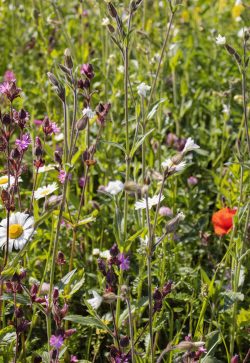Biodiversity action for net positive impact
It is increasingly recognised that climate change and society’s impact on the natural world are so intertwined that solving one without addressing the other would be next to impossible. Biodiversity within the natural word is critical to the health of our planet. Ensuring a positive relationship with nature underpins the way that GCCA member companies operate throughout the world. Our members operate in almost every country of the world and are custodians of the land in which they operate. To this end we have incorporated good practices on land stewardship and biodiversity into our key document, ‘the GCCA Sustainability Charter’, as well as the principles of the UN Sustainable Development Goals into our actions.

01 / See GCCA Sustainability Guidelines for Quarry Rehabilitation and Biodiversity Management gccassociation.org/sustainability-innovation/sustainability-charter-and-guidelines/
